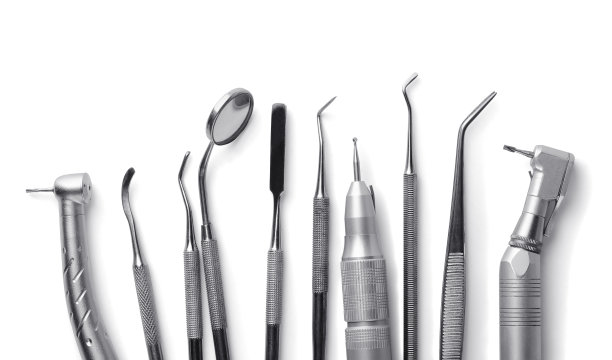The Essential Guide to the Process and Aftercare of Extracting a Tooth for Optimal Dental Health
Summary: This comprehensive guide delves into the essential aspects of tooth extraction, from understanding the procedure and preparation to post-extraction care. We explore the factors leading to the need for extraction, the procedural steps involved, and the importance of aftercare for optimal dental health. Emphasizing the need for proper management and follow-up, this article serves as a valuable resource for anyone considering or undergoing a tooth extraction. By the end, readers will appreciate how careful planning and aftercare can significantly impact recovery and overall dental well-being.
1. Reasons for Tooth Extraction Explained

Tooth extraction may seem daunting, yet it is sometimes necessary for preserving your overall dental health. Common reasons include severe tooth decay, crowded teeth, or gum disease. When a tooth is badly damaged or decayed, it can lead to more severe health problems if left untreated. Understanding these reasons can help you make informed decisions about your dental care.
Another reason for extracting teeth is to accommodate orthodontic treatments. Crowded mouth situations often require the removal of teeth to make room for proper alignment. By extracting one or more teeth, orthodontists can facilitate effective treatment plans that lead to a straighter smile.
Additionally, wisdom teeth are often removed due to their tendency to cause complications. These third molars may become impacted, leading to infection or misalignment. Early intervention can prevent pain and further oral health issues, indicating that sometimes, extraction is a proactive approach.
2. Preparation for Tooth Extraction Procedure
Preparation for a tooth extraction involves several essential steps to ensure the process is as smooth and comfortable as possible. Initially, you will consult with a dentist who will assess your dental condition and discuss any concerns. This assessment may include X-rays to determine the best approach for extraction.
Before the procedure, it is crucial to follow your dentists instructions regarding medications and food consumption. Depending on the type of anesthesia used, fasting may be required. Following these guidelines helps minimize complications during the extraction and ensures a more seamless procedure.
Furthermore, it is helpful to have a plan for post-extraction care ahead of time. Arranging for transportation home after the procedure is advisable, as the effects of anesthesia may impair your ability to drive. Being well-prepared can significantly reduce stress and enhance your overall experience.
3. The Tooth Extraction Procedure Overview
The tooth extraction procedure is generally straightforward but may vary depending on the complexity of the extraction. For a simple extraction, the dentist will numb the area with local anesthesia before gently loosening the tooth with specialized tools. Once loosened, the tooth is removed with careful, deliberate motions.
In contrast, surgical extractions involve more intricate procedures, especially for impacted teeth. The dentist may need to make an incision in the gum tissue to access the tooth. Understanding these steps helps demystify the process and prepares patients for what to expect during their visit.
Regardless of the extractions complexity, it is essential to communicate any discomfort during the procedure with your dentist. Modern dental practices prioritize patient comfort and will take measures to ensure you feel as little pain as possible throughout the process.
4. Aftercare for Optimal Healing and Recovery
Post-extraction care is crucial for ensuring optimal healing and recovery. Immediately after the procedure, it is important to follow your dentist’s instructions regarding biting down on gauze to control bleeding. Keeping the gauze in place for a recommended period can help promote clotting.
During the recovery phase, patients should adhere to dietary restrictions, starting with soft foods and gradually reintroducing normal foods as healing progresses. Staying hydrated while avoiding hot beverages can help minimize discomfort and promote faster recovery.
Regularly monitoring for any signs of complications, such as excessive bleeding, persistent pain, or infection, is vital. Should any concerning symptoms arise, contacting your dentist promptly can ensure timely intervention and prevent further complications.
Summary: This guide on tooth extraction emphasizes the importance of understanding the reasons for extraction, the preparation involved, the procedure itself, and the crucial aftercare required for optimal recovery. Following these guidelines can lead to a better experience and healthier dental future.
Dental care requires diligence, and a tooth extraction does not end your journey to good oral health. Comprehensive aftercare is essential for ensuring a swift and smooth recovery process.
This article is compiled by Vickong Dental and the content is for reference only



